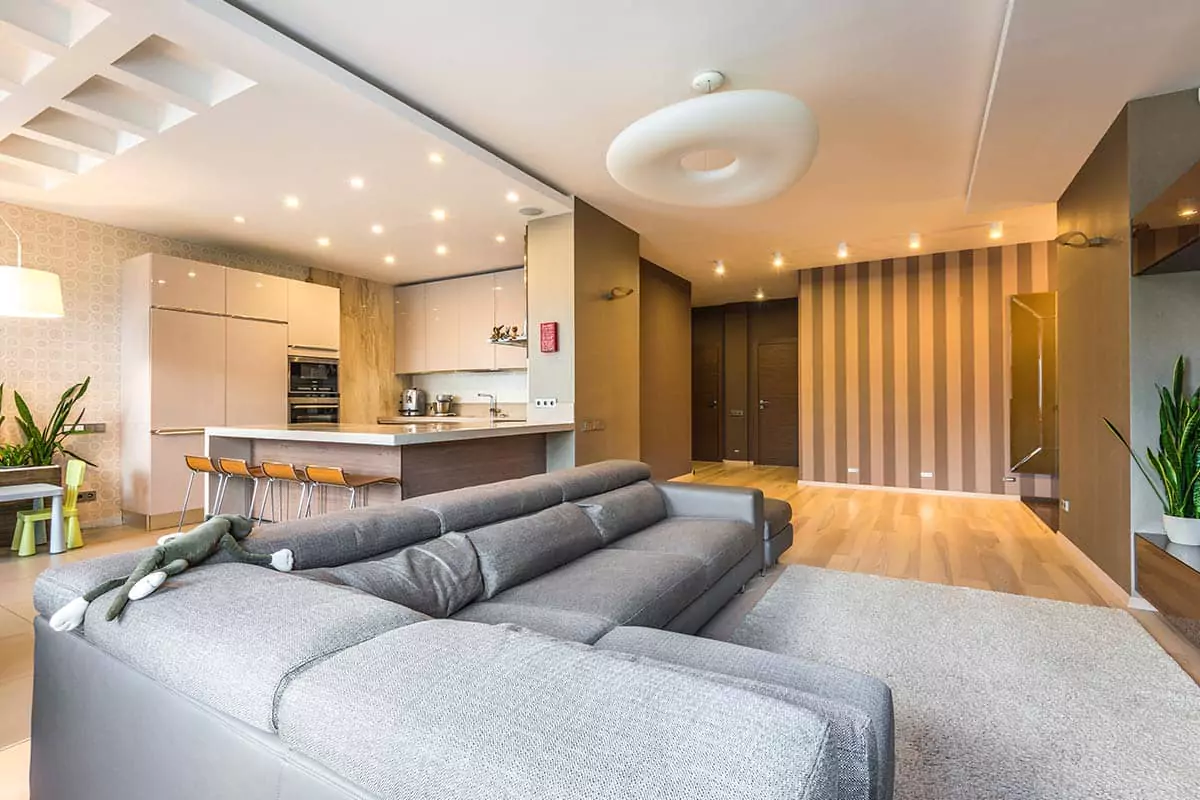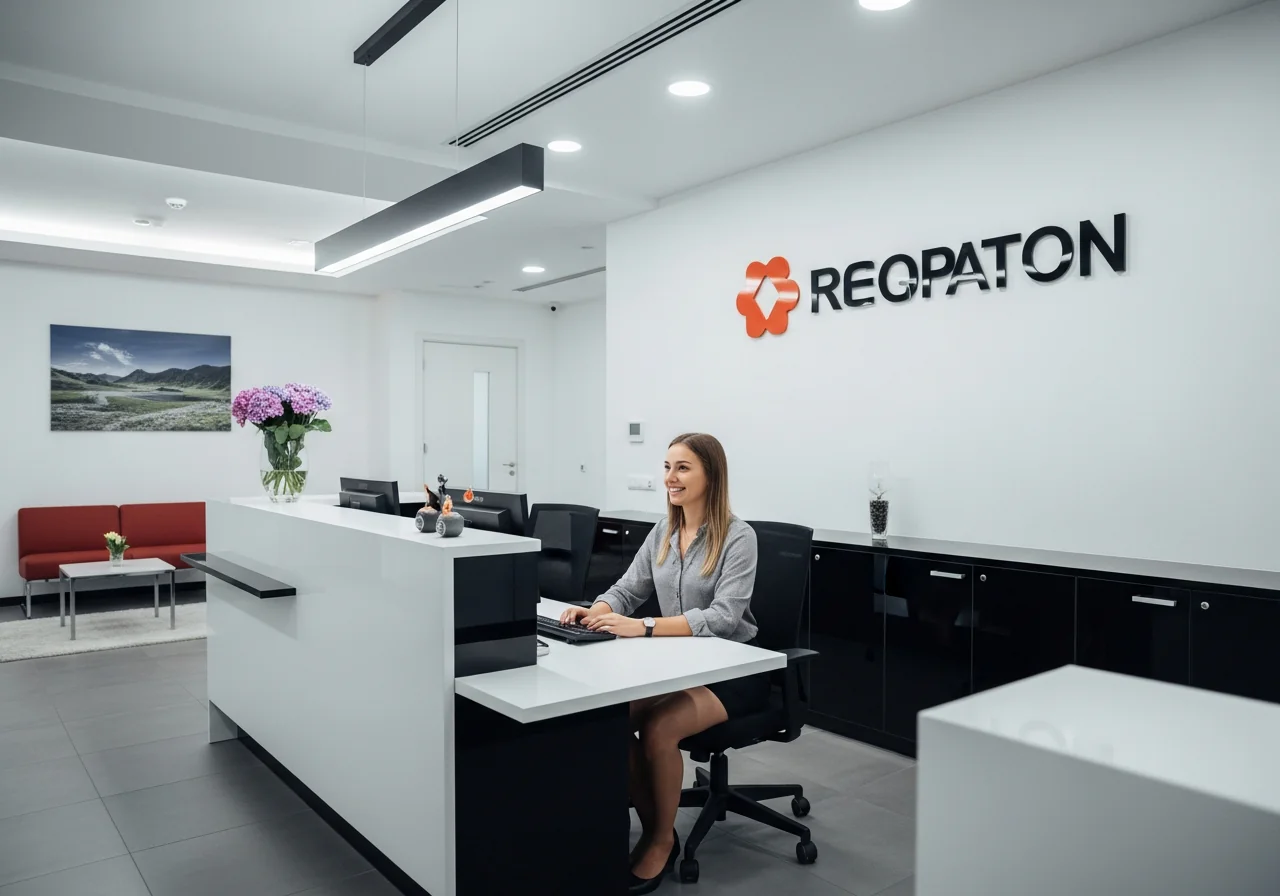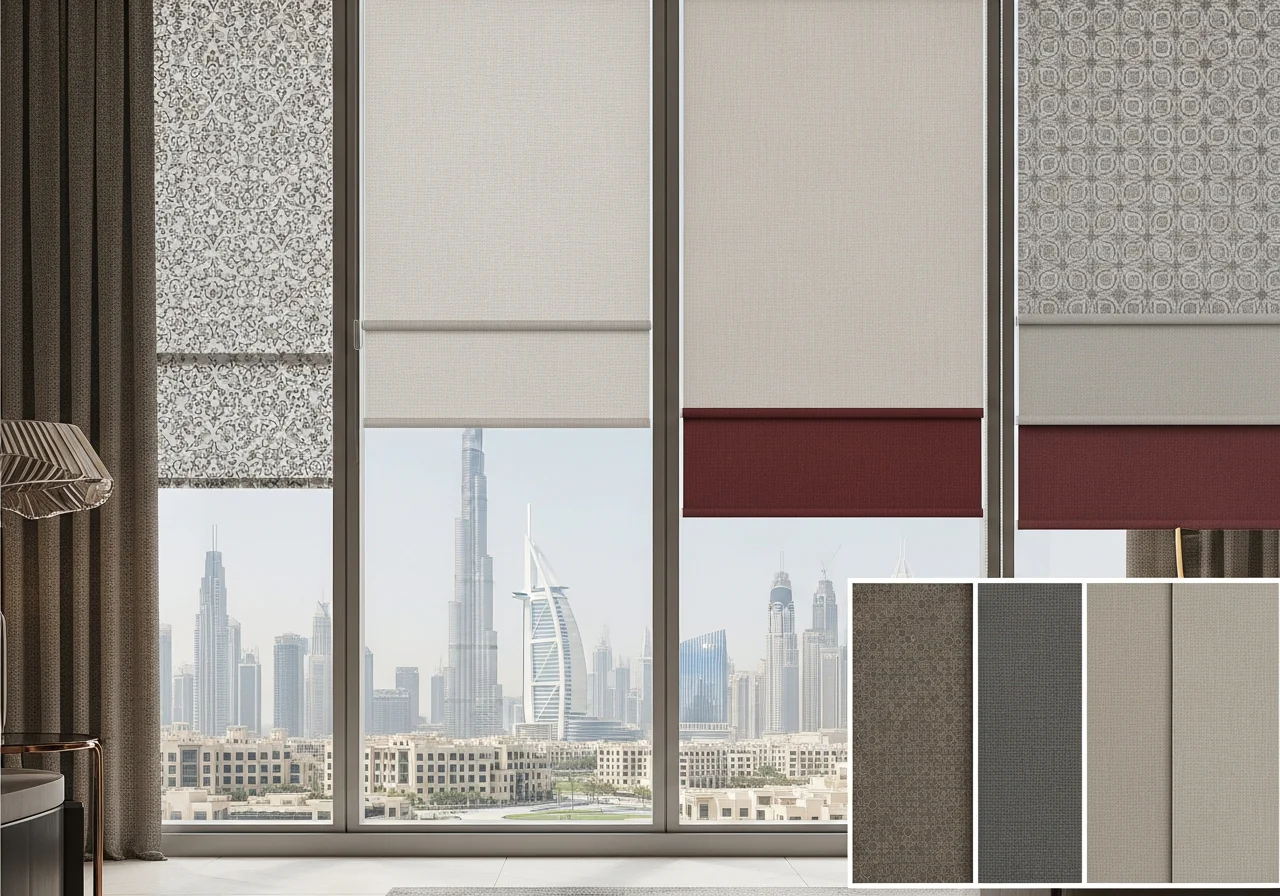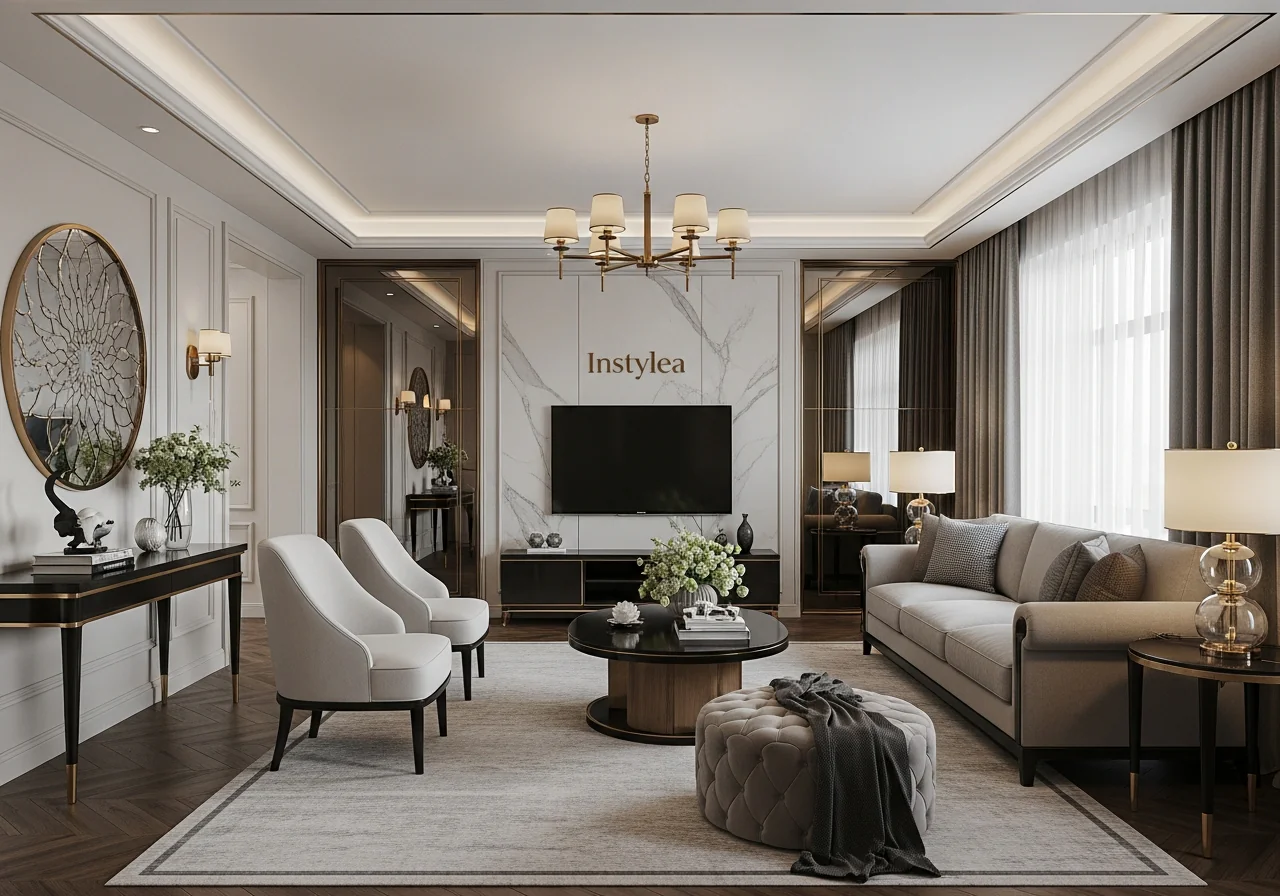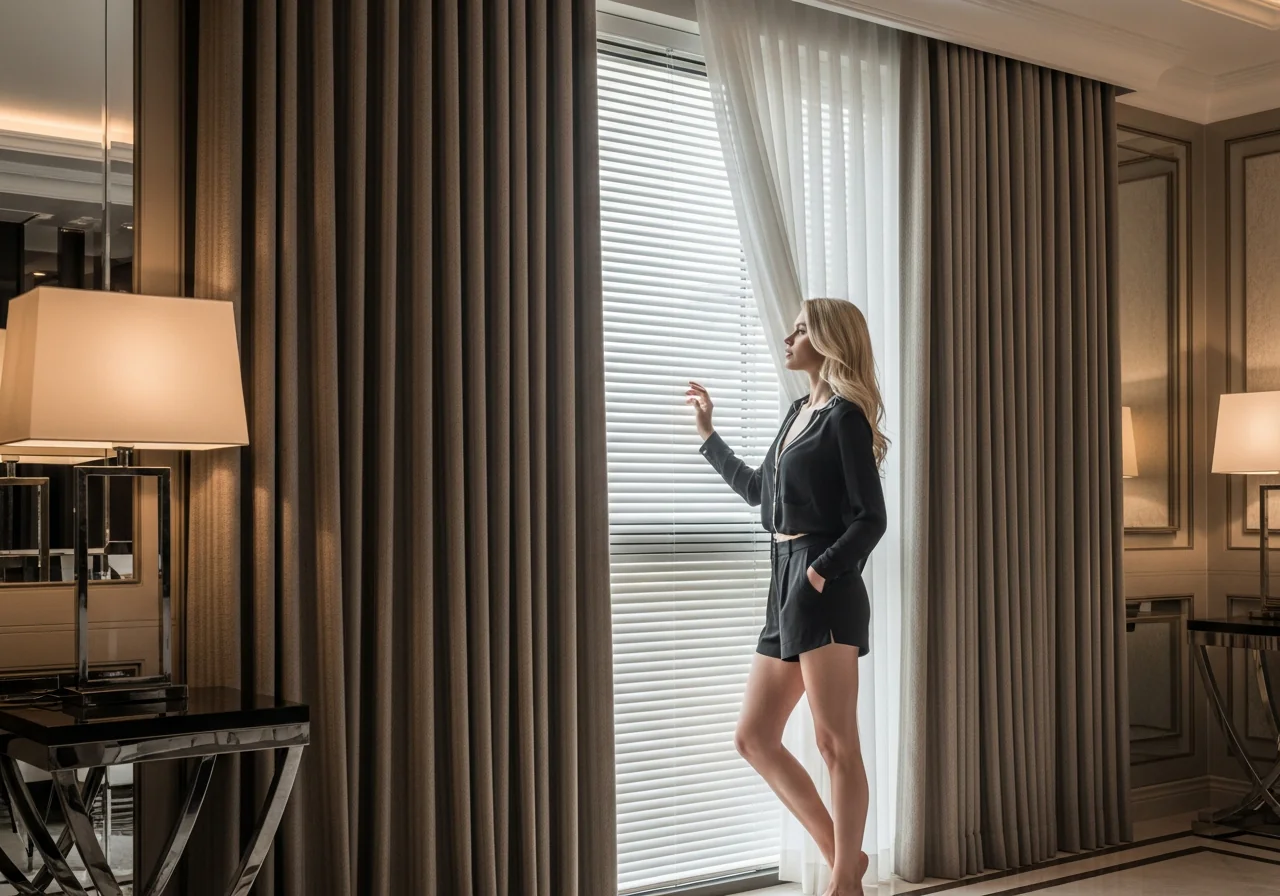Just before sunrise in Dubai, the city holds its breath. The towers along Sheikh Zayed Road soften from steel to pearl, and somewhere in an apartment high above the boulevard, a couple are moving a sofa two centimeters to the left. They are not chasing perfection, they are listening to the room. The AC hums, the call to prayer floats from a nearby mosque, and the light that will rule the day skims across a marble floor. This is the moment when homes in the Emirates decide who they want to be this year. If you are searching for interior design trends UAE 2025, this is a story about what rooms are asking for, what they are letting go, and what feels right for life in the UAE right now.
We will move through villas in Jumeirah that catch the sea breeze, apartments in Business Bay that hold tight urban rhythms, and family homes in Sharjah that orbit the dining table. We will keep our feet on cool porcelain tiles, count AED when it matters, and speak in centimeters and meters. We will not chase novelty for its own sake. We will watch how people live, work, pray, host, and rest, then let the rooms answer. It is a good year for clarity. It is a good year for softness. It is a good year to admit that a home in the Emirates is a place where heritage and innovation share the same sofa and get along.
- What’s In, What’s Out, and why interior design trends UAE 2025 feel different
- Sustainability as daily habit, not display: sustainable interiors UAE
- Plants with purpose: biophilic design Dubai
- When tech disappears: smart home interiors 2025
- Softness with structure: minimalist luxury UAE
- Heritage with cool air: Arabesque modern fusion
- Life between indoors and sky: outdoor living spaces UAE
- Rooms that work, plans that breathe: space planning for 2025
- Color that lives well in Gulf light
- Texture is the new pattern
- Lighting, the quiet director
- Kitchens that cook, not pose
- Bedrooms that earn your sleep
- Bathrooms as quiet clinics
- Storage that keeps promises
- Budgets, AED, and where to spend
- Where a local expert helps without forcing a script
- Case vignette 1, an apartment in Business Bay
- Case vignette 2, a villa in Mirdif
- How to build a room, step by step, in 2025
- Where the year is heading next
- Putting the pieces together: how the keywords play out in real rooms
- Primary takeaways for quick action
What’s In, What’s Out, and why interior design trends UAE 2025 feel different
At the center of this year’s shift is a calm confidence. The phrase interior design trends UAE 2025 can sound like a list of colors and furniture styles, but the real change shows up in how spaces are used. In open plan apartments, quiet corners that once served as décor are being drafted into daily life. In villas, outdoor areas are becoming true rooms with ceilings of sky and walls of hedges. Tech is smarter, yet it hides. Craft is richer, yet it is edited. The result is a home that is easier to live in and kinder to take care of.
What’s In
- Comfort-first layouts that respect AC flow, corridor widths, and natural light paths.
- Materials that age well in the climate, like porcelain slabs, engineered wood, and treated ash.
- Subtle tech, voice scenes, sensors, and motors that stay invisible until needed.
- Green touches that are real, not decorative, from planters with proper irrigation to light wells.
- Craft details with a story, carved mashrabiya screens, handloom throws, ceramic lamps.
What’s Out
- Showroom minimalism that ignores life, no space for toys, books, or prayer mats.
- Glossy surfaces that smudge under little hands and daily cooking.
- Feature walls that do not connect to function, an accent color with no role.
- Overexposed tech, black screens everywhere, cables on parade.
- Oversized chandeliers in low ceilings, glitter without proportion.
Sustainability as daily habit, not display: sustainable interiors UAE
In the middle of the room, a dining table tells the truth. The finish shows the rings from karak mugs, the edge holds a pencil mark from a school project, and the timber has settled into the rhythm of the home. The rise of sustainable interiors UAE is not about labels on brochures, it is about choosing materials and systems that go the distance in local conditions. When a client asks about the budget, we talk in AED with life cycle in mind. A slab that costs AED 150 per square meter but lasts twenty years is cheaper than one that needs replacing in five.
Paint with low VOCs keeps indoor air clearer. Curtains lined against heat load let AC work less in August. LED lighting, now standard, becomes wiser with dimmers and motion sensors in transit zones. Kitchens lean on durable carcasses and soft close hardware that does not mind sandy breezes. Even small choices, like specifying stainless steel for hinges and screws, save headaches near the coast. Sustainability here is housekeeping. It is care for the future using chores of the present.
Practical swaps that hold up in the Emirates
- From solid wood to engineered wood or SPC where humidity varies, same warmth, better stability.
- From cheap blackout to thermal blackout, three layer fabric that reduces glare and heat.
- From excessive marble to porcelain lookalikes in high traffic areas, less maintenance, stronger cost control.
- From patchwork lighting to a layered plan, ceiling downlights, wall washers, table lamps, task strips.
Plants with purpose: biophilic design Dubai
At noon in a downtown apartment, the balcony goes from hot to usable in a single step, a mist line kisses the air, and a bamboo shade drops with a soft purr. This is the quiet triumph of biophilic design Dubai. Plants are not centerpieces, they are filters of light, makers of privacy, keepers of moisture. A living wall near the entrance cools the hall by a degree or two and replaces the need for a bold artwork. A line of snake plants divides the open plan without closing it. A pair of olive trees in oversized planters frames a view and asks nothing more than weekly watering.
The key is not quantity, it is placement. Planters should not fight AC vents, irrigation should be automatic where possible, and foliage should be chosen for resilience. In villas, frangipani, bougainvillea, and desert adapted grasses feel at home. In apartments, pothos, zanzibar gem, and sansevieria behave. When the plant plan is sound, the home breathes better, the eye relaxes, and the mood changes. This is not décor, it is health, done with leaves.
How to place greenery like a local
- Place tall planters where they soften glare at sunset, especially west facing glass.
- Keep irrigation lines discreet and serviceable, no hidden fittings under fixed joinery.
- Use saucers or liners to protect engineered floors from accidental spills.
- Pair plant textures with fabric textures, linen sheers with feathery ferns, denser weaves with sculptural cacti.
When tech disappears: smart home interiors 2025
There is a scene repeated across the Emirates after iftar, lights fall to warm, curtains glide shut, speakers play low oud, and the home shifts into evening with a single voice command. The difference with smart home interiors 2025 is not the list of devices, it is the discipline to hide them. Screens park in cabinetry, projectors replace televisions in living rooms, and control happens by routine. A good system is one you forget.
Motorized tracks carry blackout fabric in bedrooms for deeper sleep, sheer layers still move by hand for quick adjustment. Sensors pause curtains when they touch a chair. AC connects to occupancy and window contact, so cool air is not wasted on an open balcony door. In the kitchen, task lighting brightens when a chopping board hits the counter. In children’s rooms, night lights remain dim unless a little foot touches the floor. Tech is a butler, never the host.
Costs, comfort, and the AED reality
- Voice scenes and dimming add comfort without a huge bill, many packages now land between AED 2,500 and AED 10,000 for small apartments.
- Motorized curtains sit between AED 900 and AED 2,200 per window including tracks, motors, and standard fabrics, measure in centimeters for precise stack returns.
- Retrofits avoid wall chasing, battery motors and wireless switches are kind to rentals.
Softness with structure: minimalist luxury UAE
In a villa in Al Barsha, the living room looks calm at first glance. Pale oak, chalk white, a rug like sand at low tide. But as you sit, the details appear. A stitched edge on a bench cushion, a radius corner on a coffee table, a niche light that washes clay vases. This is minimalist luxury UAE, not empty rooms, but edited rooms where every line is softened just enough to invite touch. The palette remains quiet to honor the light, while textures carry the story.
Here, less is not an absence, it is a choice. A long cabinet that hides media kit, a low sofa that lets sight lines flow, a dining table with legs that mind the knees. Upholstery leans into performance fabrics that forgive life, washable, stain guarded, with a hand that still feels human. The result is effortless hosting. A tray appears, dates and tea take their place, and there is room for conversation without clutter shouting for attention.
Material notes you can feel
- Limewash paint adds movement without pattern, perfect in halls and stairwells.
- Microcement creates seamless baths that are easy to clean, best with non slip additives.
- Bouclé and basket weaves warm white rooms, balance with smooth wood to avoid fuzz overload.
- Stone looks that are matte read cooler in our sun, keep polished finishes for small feature moments.
Heritage with cool air: Arabesque modern fusion
In Abu Dhabi, a family room tells two stories at once. A low seating nook hugs the window for morning tea, while a slim modular sofa faces a media wall for weekend football. The wall is new, but its heart is old. There are ribs of timber that echo mashrabiya, fretwork in a cedar tone, and a niche that holds a brass incense burner. This is Arabesque modern fusion, a meeting of pattern and quiet planes, of history and easy maintenance.
The trick is to quote, not recite. A carved screen can be simplified into a panel with repeating negative space. A geometric tile can live as a border rather than a blanket. A color inspired by a majlis fabric can tone down to a smoky teal on a cabinet. The accents are chosen, and they carry the feeling without asking for daily dusting or special cleaners. Culture stays present, the room stays breathable.
Small gestures, big identity
- Frame a doorway with timber beading that hints at mashrabiya without full pattern density.
- Place a hand woven rug under a modern table, heritage underlines, not competes.
- Use brass lightly, a pull handle, a reading lamp, a tray, small pieces feel warmer than a full metal wall.
Life between indoors and sky: outdoor living spaces UAE
On a winter evening in Sharjah, the terrace is the room everyone wants. A pergola throws striped shade, a fan keeps air moving, and the smell of cardamom slides through the hedges. The rise of outdoor living spaces UAE is not a mood board trend, it is a practical shift. When the weather gives the gift of mild nights, you take dinner outside. When summer arrives, you switch tactics, fabric awnings, misting, reflective screens. The terrace remains a room, it just changes its clothes.
Flooring drives the experience. Porcelain with a textured finish is kind to bare feet and better for slip resistance. Composite decking stays neat with less maintenance than timber. Planters with built in seating double functions. A small outdoor kitchen with a sink and a single burner turns snacks into meals. Lighting matters most, low and warm, dots under benches, a glow along steps, a pendant over the table if the pergola can take the weight. The goal is a landscape that hosts without fuss.
Heat strategy for June through September
- Add retractable screens on west sides to control glare in the late afternoon.
- Include ceiling fans with outdoor rating under covered zones, air movement improves comfort without extra AC.
- Choose solution dyed acrylics for cushions, they shrug off sun, salt, and life.
Rooms that work, plans that breathe: space planning for 2025
Every home has a map only the family can read. Shoes pile near the door because the cabinet is two meters too far. The prayer mat floats because it lacks a dedicated niche. The dining table collects laptops because there is no small desk near the window. Planning for 2025 begins with a walk through reality. Watch how the day moves, then let joinery and furniture serve it.
In apartments, a thin study bar along a window solves work without stealing the living room. In villas, a boot room at the garage entrance cleans the day before it crosses the threshold. Children’s rooms keep wardrobes shallow and honest, placing hanging at a reachable height so school uniforms can find their way home. Kitchens stretch storage vertically, with pull downs for high cabinets and drawers under ovens. The goal is less wandering, more resting, and a place for every charger.
Measurements that pay you back
- Leave at least 90 cm of clear walkway around dining tables to keep movement smooth.
- Sofas work best at 42 to 45 cm seat height for families that host, elders rise with ease.
- Plan curtain stacks to clear 15 to 25 cm of glass on each side, light earns its space.
- Keep media units with 5 to 7 cm cable voids and real ventilation, electronics thank you in July.
Color that lives well in Gulf light
Color in the Emirates plays a different game. The sun flattens hues at noon, then turns kind in the hour after. This year, neutrals keep the base calm, sand, oyster, clay, dune, while color appears in tempered notes. Rust in a cushion, seagrass green on a cabinet, a slice of indigo in a painting, smoked teal on a feature door. The trick is to keep chroma under control. A softer color lasts longer, both in taste and in sunlight.
Ceilings stay warm white to avoid glare. Bathrooms take pale stone tones that forgive water marks. Bedrooms lean restful, storm gray, mushroom, putty, with blackout doing the heavy sleep work. Children’s rooms hold color on lower thirds or in removable pieces, easier to refresh as tastes grow. Kitchens stay light on top, a little deeper below, to anchor the room without closing it.
Texture is the new pattern
Texture takes the job pattern used to do. Instead of busy prints, we get grain, weave, and relief. Wall panels with shallow fluting hide doors and hush echoes. Rugs with loop and cut tell a story underfoot. Linen sheers tame glare without killing it. Even tiles go tactile, with honed finishes that hold the eye, not the dust. The home becomes rich to touch, humble to look at, and patient to live with.
Where to add texture without regret
- Entry walls with micro fluting, easy to dust, strong first impression.
- Headboards with stitched channels, soft on the back, kind to pillows.
- Kitchen islands with a ribbed timber detail on the stool side, protected by a clear coat.
Lighting, the quiet director
Lighting does not shout this year, it directs. Ambient sets the stage, task lights do the work, accents take a bow when guests arrive. In apartments, cove lighting skims the ceiling in a soft line, not bright, just present. In villas, garden lights enter the room through glass at night, so you do not need a heavy pendant indoors. Bedside lighting moves to wall mounted swing arms, clearing tables for books and glasses. Switches group by routine, morning, cooking, prayer, movie, sleep. The home becomes a sequence, not a collection of switches.
Kitchens that cook, not pose
Open kitchens still rule, but their character changes. Islands get rounded corners for safety and flow. Splashbacks simplify to a single slab for easy cleaning. Pantries shrink and work harder with pull outs that show everything. Appliance garages hide small machines, the counter stays clear for actual cooking. Handles return in warm metals, simple shapes that invite hands. Bar stools grow backs, because people sit longer. Overhead lighting dims to candle levels for late tea, under cabinet lights move up when the chopping begins.
Bedrooms that earn your sleep
Sleep quality matters more than ever. Blackout curtains meet sheer layers, rods or tracks are measured to the centimeter to block leaks. Upholstered headboards keep reading comfortable. Wardrobes light up inside with LED strips and sensors, so doors can stay soft closing. Dressers gain a charging drawer. Rugs hug the bed in a U shape to meet bare feet in the morning. TV screens hide in cabinets or stay out entirely, a small projector appears for weekend movies. A bedroom is for rest, and the furniture knows it.
Bathrooms as quiet clinics
Bathrooms go calm and hygienic. Microcement or large format tiles reduce grout lines. Wall hung vanities make cleaning easier, with drawers that separate hair tools from skincare. Mirrors get integrated lighting to remove shadows without blinding the space. Showers earn a bench and a niche sized to real bottles. Towels find a heated rail for winter mornings, set to a low, safe temperature. The palette stays pale, but texture arrives through stone, timber accents, and woven baskets for laundry. A bathroom should be easy to wipe, easy to breathe, and a little kind on rough days.
Storage that keeps promises
Storage in 2025 wins by honesty. Tall wardrobes that reach the ceiling, drawers that open all the way, shelves that are deep enough for the boxes you actually own. In living rooms, low wide cabinets eat electronics and toys. In entry halls, a bench seat hides shoes. In kitchens, corner units get proper pull outs, not black holes. In kids’ rooms, open cubbies meet labeled baskets. The house feels larger not because it is, but because it is less cluttered, less delayed by searching.
Budgets, AED, and where to spend
Money likes a plan. In the UAE, exchange rates and shipping can shift prices, but some priorities stay true. Spend where your body touches the home every day, the sofa you sit on, the mattress you sleep on, the faucet you turn a hundred times. Save on décor that will rotate with seasons. In ballpark terms, small upgrades in a one bedroom apartment that change paint, curtains, and lighting can sit between AED 12,000 and AED 30,000 depending on fabric and fixture choices. A villa refresh that adds joinery, outdoor seating, and soft furnishings can range widely, AED 60,000 to AED 250,000, driven by kitchen scope and terrace ambitions. These numbers bend easily with material choices, but the principle stands, plan around daily touch points first.
Where a local expert helps without forcing a script
If you want a second pair of eyes, speak with a studio that spends time in homes like yours rather than selling a fixed package. A quiet measure visit now saves months of annoyance later. Midway through your research journey, you can review real projects that faced the same sun exposure, the same floor plate, the same family rhythm. For more examples of real timelines and budgets across the Emirates, the Instylea projects page shows completed, ongoing, and on hold work with tracking and photos that mirror daily life in the UAE.
Some readers will prefer a single partner to manage soft furnishings, joinery, and outdoor areas together. If that is you, a local firm like Instylea can help measure, fabricate, and install with factory price transparency, then return for aftercare when the first summer tests the plan. The point is not to buy more, the point is to buy right once.
Case vignette 1, an apartment in Business Bay
A couple working hybrid schedules needed a living room that could be office, gym, and cinema. The old plan had a large sectional that owned the space. We swapped it for a slim two seat sofa and two lounge chairs with a round coffee table, traffic flowed again. A 140 cm console hid cables and a short throw projector. Linen sheers moderated glare, thermal blackout sat behind them. A narrow 160 cm work bar along the window took laptops off the dining table. Plants set in a line of three quiet planters softened a hard column. The room now hosts eight without scraping knees. The couple says they work less at the dining table and nap more on the rug on Fridays. That is a clean win.
Case vignette 2, a villa in Mirdif
A family of five had a terrace they used three months a year. The rest of the time, it stared back with heat. We added retractable side screens, a mist line, and a pair of fans under a timber pergola. Flooring shifted to textured porcelain in a pale limestone look. Built in benches with storage replaced scattered chairs. A 120 cm wide outdoor kitchen with a sink and single burner rewired dinner. Now, from November to March, they eat outside four nights a week. In July, they still use it at dawn for coffee. The room belongs to them in all seasons, it just changes the costume.
How to build a room, step by step, in 2025
Start with function, then light, then structure, then softness. Function asks what the room owes your day. Light tells you where to sit and where to shade. Structure sets heights and widths, how big the sofa, how high the dining surface, how deep the shelves. Softness arrives last, rugs, cushions, throws, artwork. When in doubt, erase one item rather than add one. If a wall needs a statement, texture it. If a view needs framing, use curtains measured to the centimeter so stacks free the glass. If a corner feels purposeless, give it a floor lamp and a small table, the room will fill the rest.
Where the year is heading next
By late 2025, we will likely see kitchens with even fewer upper cabinets, living rooms with more hidden screens, and bedrooms with stronger blackout. Outdoor rooms will mature with plantings that are native or adaptive rather than imported showpieces. Sustainability will settle deeper into joinery choices and the hidden parts of homes, hinges, fixings, and sealants. Patterns will remain restrained, letting texture speak, and color will keep a lower voice. The best rooms will feel lived in on day one, and they will still feel right on day one thousand.
Putting the pieces together: how the keywords play out in real rooms
When you lay the ideas side by side, the logic becomes clear. The comfort and practicality of sustainable interiors UAE protects your AED and your air. The calm greenery of biophilic design Dubai heals busy days without turning your home into a jungle. The discipline of smart home interiors 2025 clears counters, tucks screens away, and lets routines behave without fuss. The gentleness of minimalist luxury UAE gives you the touch and quiet you crave. The pride in Arabesque modern fusion keeps heritage visible in forms that clean easily. The joy of outdoor living spaces UAE steals months from the calendar and hands them to you under the evening sky. This is the heart of interior design trends UAE 2025, not a shelf of styles, but a way to let your home carry you through the year with less effort and more ease.
Somewhere in Meydan, a designer from Instylea is loading a car with fabric books, track samples, and a tape measure. They know a home is not a brochure, it is a family in motion. They will measure to the centimeter, speak in AED, and leave space for rugs that catch stories. They will return in a month to check how the curtains fall and whether the light still slides like it should. That is the work that makes trends stick, simple care, and the will to adjust.
Primary takeaways for quick action
- Start with a plan for the rooms you use daily, then pull the same logic through the rest of the home.
- Measure everything in centimeters, plan stacks, walkways, and door swings before you buy.
- Pick textures over patterns for staying power in bright Gulf light.
- Let tech hide and routines show, your home will feel calmer.
- Spend where bodies touch, save where eyes can change with seasons.
As we close the day, the city outside is a ribbon of lights. Inside, a lamp on a side table makes a small sun, the curtains hold the night, and the room feels earned. If you remember only one idea from interior design trends UAE 2025, let it be this, a home is a rhythm, not a catalog. When you listen to how you live, the choices make themselves. And in the Emirates, where heat and light write in bold strokes, the quiet choices last the longest.
Jump back to What’s In and What’s Out for a quick recap, or browse the Instylea project tracker for timelines, budgets, and photos across Dubai and the wider UAE.
Homes in the Emirates teach patience. Walls meet sun, families meet each other in doorways, and objects gather meaning with use. The clearest path through this year is simple, let rooms serve daily life, then let detail serve the rooms. When you choose materials that stand the climate, layouts that favor rest, light that follows routine, and craft that whispers heritage, the house begins to carry its own weight. The small decisions, a curved corner on a counter, a wider walkway, a sensor that saves cool air, are the ones you feel at midnight and at dawn. If a trend survives July, it deserves to stay. If it makes hosting easier and sleep deeper, it deserves a budget line. And if it lets your home sound like your family rather than a catalog, you will find yourself sitting quietly one evening, cup warm in hand, hearing the city far away and the room very near, and you will know you honored the best of interior design trends UAE 2025 in the only way that matters, by living well.
Frequently Asked Questions (FAQs)
Explore the finest interiors in the UAE market. Step inside stunning spaces. browse now!
